 The UK left the EU on 31 January 2020 and entered an 11-month transition phase during which previous arrangements largely applied. On 30 December 2020, the UK and the EU signed the Trade and Cooperation Agreement (TCA) (see also), which set out the details of the post-Brexit trading arrangements between the UK and the EU after the ending of the transition period on 31 December 2020. The new arrangements have been implemented in stages so as to minimise disruption.
The UK left the EU on 31 January 2020 and entered an 11-month transition phase during which previous arrangements largely applied. On 30 December 2020, the UK and the EU signed the Trade and Cooperation Agreement (TCA) (see also), which set out the details of the post-Brexit trading arrangements between the UK and the EU after the ending of the transition period on 31 December 2020. The new arrangements have been implemented in stages so as to minimise disruption.
A major change was implemented on 1 January 2022, when full customs controls came into effect on imports into the UK from the EU. Later in the year a range of safety and security measures will be introduced, such as physical checks on live animals.
Not surprisingly, the anniversary of the TCA has been marked by many articles on Brexit: assessing its effects so far and looking into the future. Most of the articles see Brexit as having imposed net costs on the UK and the EU. They reflect the views of economists generally. As the first FT article linked below states, “The debate among economists on Brexit has rarely been about whether there would be a hit to growth and living standards, but rather how big a hit”.
The trade and GDP costs of Brexit
The Office for Budget Responsibility in October 2021 attempted to measure these costs in terms of the loss in trade and GDP. In October 2021, it stated:
Since our first post-EU referendum Economic and Fiscal Outlook in November 2016, our forecasts have assumed that total UK imports and exports will eventually both be 15 per cent lower than had we stayed in the EU. This reduction in trade intensity drives the 4 per cent reduction in long-run potential productivity we assume will eventually result from our departure from the EU.
…the evidence so far suggests that both import and export intensity have been reduced by Brexit, with developments still consistent with our initial assumption of a 15 per cent reduction in each.
This analysis is supported by evidence from John Springford, deputy director of the Centre for European Reform think-tank. He compares the UK’s actual performance with a ‘doppelgänger’ UK, which is an imaginary UK that has not left the EU. The doppelgänger used “is a subset of countries selected from a larger group of 22 advanced economies by an algorithm. The algorithm finds the countries that, when combined, create a doppelgänger UK that has the smallest possible deviation from the real UK data until December 2019, before the pandemic struck.” According to Springford, the shortfall in trade in October 2021 was 15.7 per cent – very much in line with the OBR’s forecasts.
Explanations of the costs
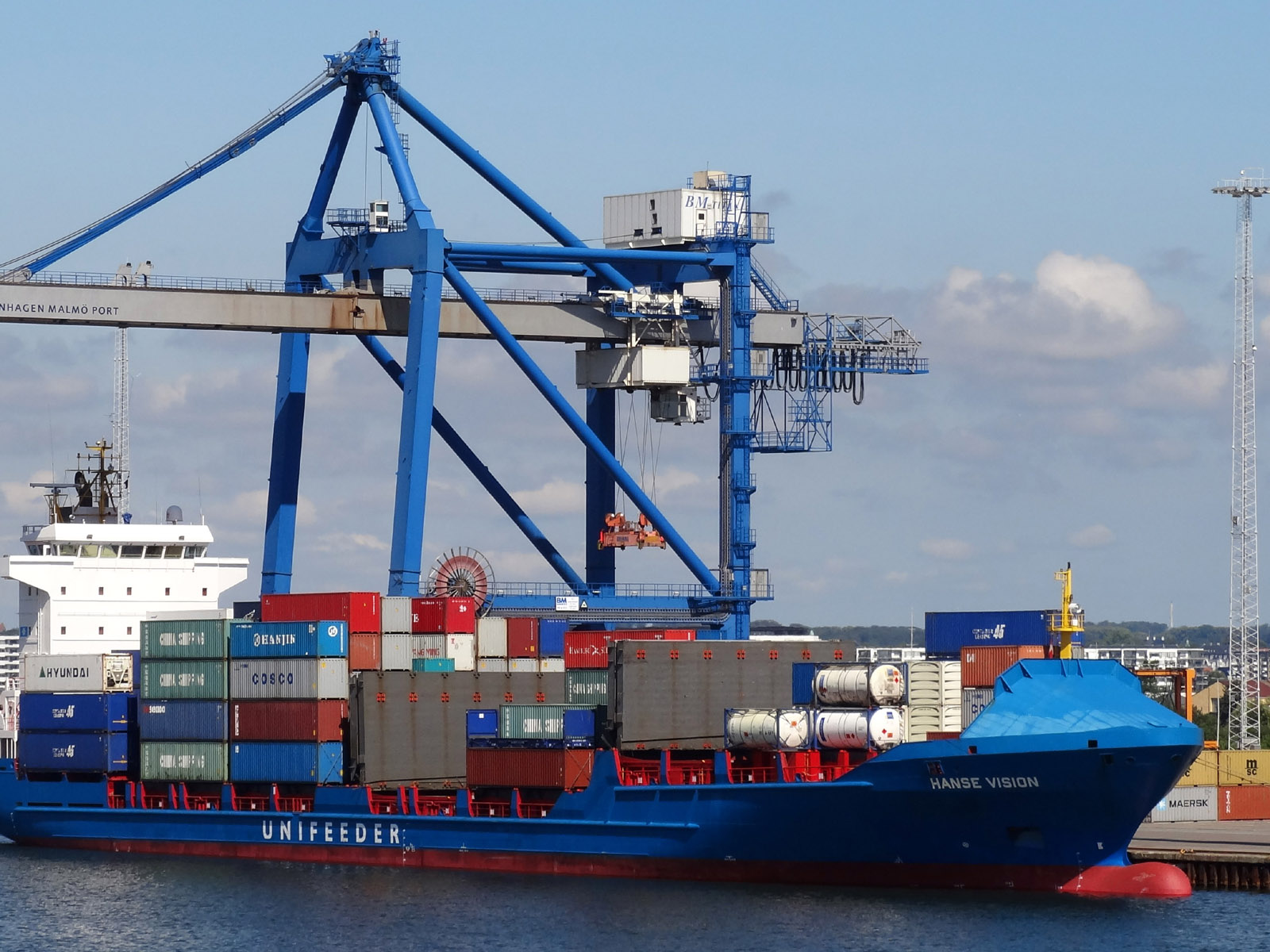 Why, then, have have been and will continue to be net economic costs from Brexit?
Why, then, have have been and will continue to be net economic costs from Brexit?
The main reason is that the UK has moved from being in the EU Single Market, a system of virtually friction-free trade and factor movements, to a trade agreement (the TCA) which, while being tariff and quota free for goods produced in the UK and the EU, involves considerable frictions. These frictions include greatly increased paperwork, which adds to the cost of trade. This has affected small businesses particularly, for whom the increased administrative costs generally represent a larger proportion of total costs than for large businesses.
Although EU tariffs are not imposed on goods wholly originating in the UK, they are imposed on many goods that are not. Under ‘rules of origin’ regulations, an item can only count as a British good if sufficient value or weight is added. If insufficient value is added, then customs charges are imposed. Similar rules apply from 1 January 2022 on goods imported into the Great Britain from the EU which are only partially made in the EU. The issue of rules of origin was examined in the blog A free-trade deal? Not really. Goods being moved between Great Britain and the EU are checked at ports and can only be released into the market if they have a valid customs declaration and have received customs clearance. This involves considerable paperwork for businesses. As the article below from Internet Retailing states:
UK and EU importers need to be able to state the origin of the goods they trade between the UK and EU. For some goods, exporters need to hold supplier declarations to show where they were made and where materials came from. From January 1, those issuing statements of origin for goods exported to the EU will need to hold the supplier declarations at the time that they export their goods, whereas up till now the those declarations could be supplied later.
Brexit has had considerable effects on the labour market. Many EU citizens returned to their home countries both before and after Brexit, creating labour shortages in many sectors. Also, it has become more difficult for UK citizens to work in the EU, with work permits required in most cases. This has had a major effect on some UK workers. For example, British touring musicians and performers find it difficult to tour, given the lack of an EU-wide visa waiver, ‘cabotage’ rules that ban large UK tour vehicles from making more than two stops before returning to the UK and new paperwork needed to take certain musical instruments into the EU.
Another issue concerns investment. Will greater restrictions in trade between the EU and the UK reduce inward investment to the UK, with international companies preferring to locate factories producing for Europe in the EU rather than the UK as the EU market is bigger than the UK market? So far, fears have not been realised as inward investment has held up well, partly because of the rapid bounce-back from the pandemic and the successful roll-out of the vaccine. Nevertheless, the UK’s dominance as a recipient of inward investment to Europe has been replaced by a three-way dominance of the UK, France and Germany, with France being the biggest recipient of the three in 2019 and 2020. It will be some years before the extent to which Brexit has damaged inward investment to the UK, if at all, becomes clear.
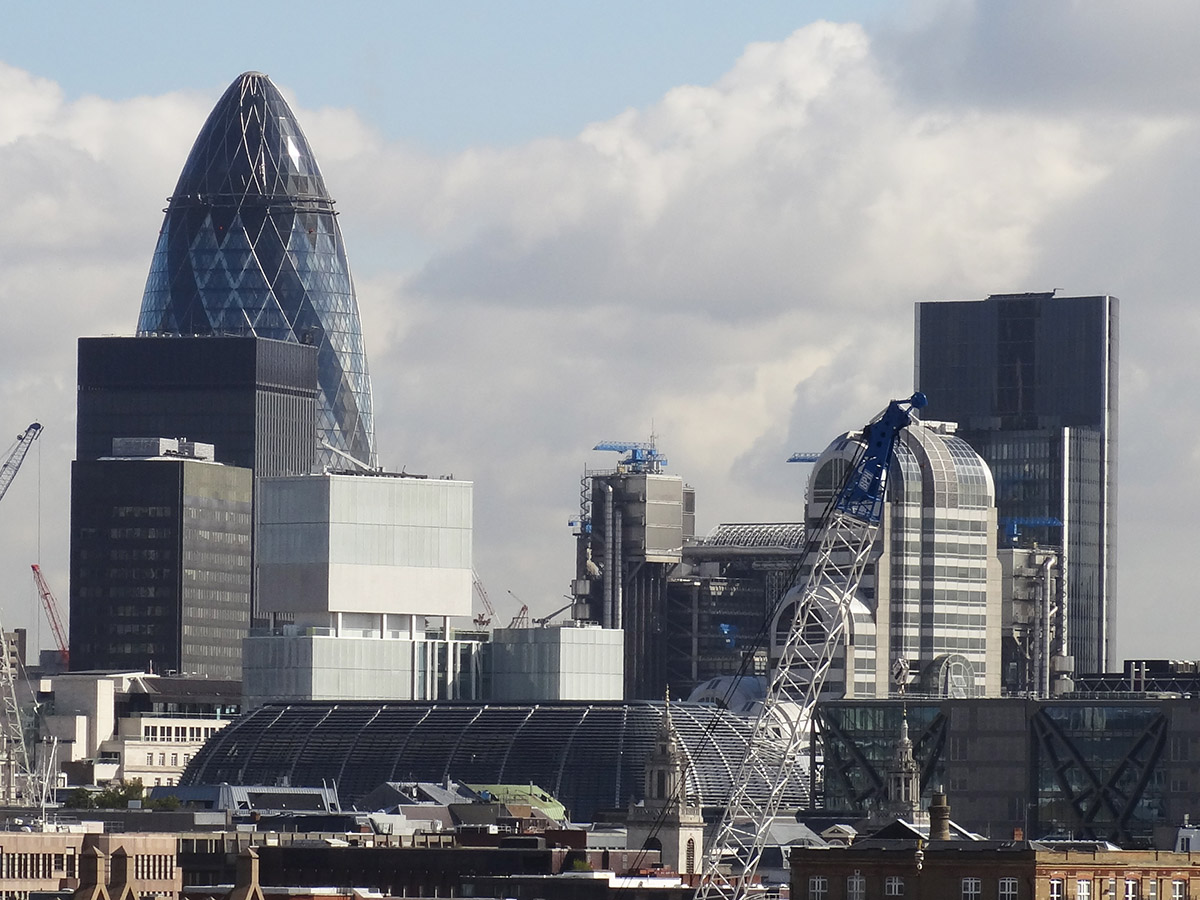 The TCA applies to goods, not services. One of the major concerns has been the implications of Brexit for financial services and the City of London. Before Brexit, financial institutions based in the UK had ‘passporting rights’. These allowed them to offer financial services across EU borders and to set up branches in EU countries easily. With the ending of the transition period in December 2020, these passporting rights have ceased. The EU has granted temporary ‘equivalence’ to such institutions until June 2022, but then it comes to an end and there is no prospect of deal on financial services in the near future. Indeed, the EU is actively trying to encourage more financial activity to move from the UK to the EU. Several financial institutions have already relocated all or part of their business from London to the EU.
The TCA applies to goods, not services. One of the major concerns has been the implications of Brexit for financial services and the City of London. Before Brexit, financial institutions based in the UK had ‘passporting rights’. These allowed them to offer financial services across EU borders and to set up branches in EU countries easily. With the ending of the transition period in December 2020, these passporting rights have ceased. The EU has granted temporary ‘equivalence’ to such institutions until June 2022, but then it comes to an end and there is no prospect of deal on financial services in the near future. Indeed, the EU is actively trying to encourage more financial activity to move from the UK to the EU. Several financial institutions have already relocated all or part of their business from London to the EU.
The articles below examine these costs and many give examples of specific firms and how Brexit has impacted on them. As you will see, there are quite a lot of articles and you might just want to select a few. Or if this blog is being used for classes, the articles could be assigned to different students and used as the basis for discussion.
The future
Whilst the additional costs in terms of trade restrictions and paperwork are clear, it is too soon to know how well firms will be able to overcome them. Many of those who support Brexit argue that the UK now has freedom to impose lighter UK regulations on firms and that this could encourage economic growth. Other supporters of Brexit, however, argue that Brexit gives the UK government the opportunity to impose tougher environmental, safety and employment protection regulations. Again, it is too soon to know what direction the current and future governments will move.
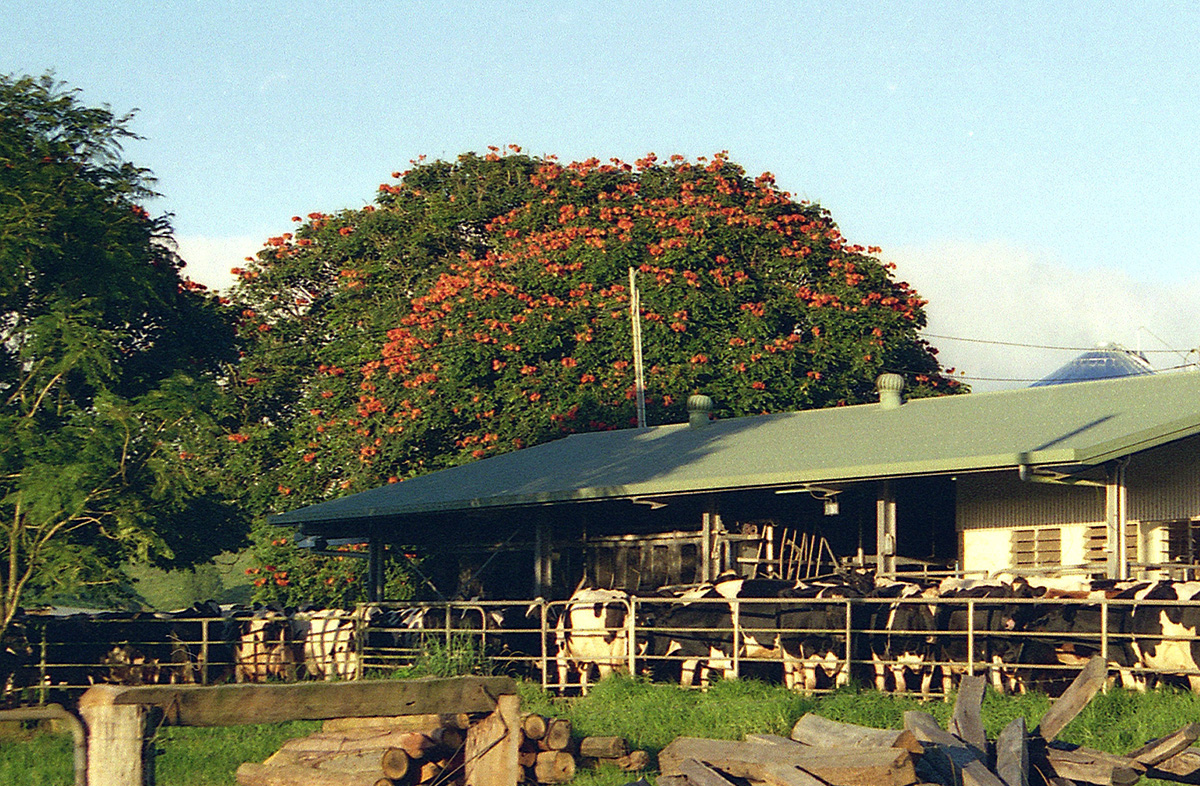 Then there is the question of trade deals with non-EU countries. How many will there be? When will they be signed? What will their terms be? So far, the deals signed have largely been just a roll-over of the deals the UK previously had with these countries as a member of the EU. The one exception is the deal with Australia. But the gains from that are tiny – an estimated gain of between 0.02 and 0.08 per cent of GDP from 2035 (compared with the estimated 4 per cent loss from leaving the EU’s Single Market). Also there are fears by the UK agricultural sector that cheaper food from Australia, produced under lower standards, could undercut UK farmers, especially after the end of a 15-year transitional period. So far, a trade deal with the USA seems a long way off.
Then there is the question of trade deals with non-EU countries. How many will there be? When will they be signed? What will their terms be? So far, the deals signed have largely been just a roll-over of the deals the UK previously had with these countries as a member of the EU. The one exception is the deal with Australia. But the gains from that are tiny – an estimated gain of between 0.02 and 0.08 per cent of GDP from 2035 (compared with the estimated 4 per cent loss from leaving the EU’s Single Market). Also there are fears by the UK agricultural sector that cheaper food from Australia, produced under lower standards, could undercut UK farmers, especially after the end of a 15-year transitional period. So far, a trade deal with the USA seems a long way off.
Then there are uncertainties about the Northern Ireland Protocol, under which there is an effective border between Great Britain and the EU down the Irish Sea, with free trade across the Northern Ireland–Republic of Ireland border. Will it be rewritten? Will the UK renege on its treaty commitments to impose checks on goods flowing between Northern Ireland and Great Britain?
Difficulties with the Northern Ireland Protocol, highlight another uncertainty and that is the political relationships between the UK and the EU, which have come under considerable strain with various post-Brexit disputes. Could these difficulties damage trade further and, if so, by how much?
What is clear is that there is considerable uncertainty about the future, a future that for some time is likely to be affected by the pandemic and its aftermath in both the UK and the EU. As the OBR states:
It is too early to reach definitive conclusions because:
- The terms of the TCA are yet to be implemented in full, meaning trade barriers will rise further as more of the deal comes into force. For example, the introduction of full checks on UK imports has recently been delayed until 2022.
- The full effect of the referendum outcome and higher trade barriers will probably take several years to come through, with businesses needing considerable time to adjust.
- The pandemic has delivered a large shock to UK and global trade volumes over the past 18 months, making it difficult to disentangle the separate effect of leaving the EU.
- Finally, trade data tend to be relatively volatile and are revised frequently, rendering any initial conclusions subject to change as the data are revised.
Analysis
- The initial impact of Brexit on UK trade with the EU
- The cost of Brexit: October 2021
Office for Budget Responsibility (27/10/21)
(Box 2.5 from Economic and fiscal outlook: October 2021)
Centre for European Reform, John Springford (13/12/21)
Articles
 Analysis shows Brexit caused £12 billion of lost trade in October
Analysis shows Brexit caused £12 billion of lost trade in October- Brexit: One year on, the economic impact is starting to show
- Brexit: The economic impact a year on
- Brexit: what the UK/EU customs changes mean for businesses from January 1
- Prices could rise even more as Brexit import rules are toughened up in New Year
- Brexit one year on: the impact on the UK economy
- Businesses struggle to prepare for UK’s post-Brexit import controls
- How the post-Brexit rules for EU trade are set to change at New Year
- Post-Brexit Guide: Five years since UK vote, where are we now – and how did we get here?
- A year since Brexit: Will new UK import controls complicate trade further?
- Brexit passporting: Little appetite among EU finance firms to stay in London as FCA applications disappoint
- Brexit red tape: More disruption to food supplies looming as EU is ‘not prepared’ for new UK import rules that take effect on 1 January
- Just a Year of Brexit Has Thumped U.K.’s Economy and Businesses
- Frosty Resignation Leaves Boris Johnson With Brexit Meltdown
- What a Year of Brexit Brought U.K. Companies: Higher Costs and Endless Forms
- The anniversary of ‘getting Brexit done’ is more a wake than a celebration
- Brexit customs controls coming in January ‘disastrous’ for UK traders, business chiefs warn
- Brexit: ‘the biggest disaster any government has ever negotiated’
- What the UK and hauliers can expect from long-delayed Brexit controls
- Brexit one year on: so how’s it going?
ITV News, Joel Hills (10/12/21)
BBC News, Faisal Islam (24/12/21)
BBC News, Douglas Fraser (21/12/21)
The Conversation, Karen Jackson (21/12/21)
i, David Parsley (23/12/21)
Financial Times, Chris Giles (23/12/21)
Financial Times, Peter Foster, Marton Dunai and James Shotter (29/12/21)
Internet Retailing, Chloe Rigby (17/12/21)
Euronews, Alasdair Sandford (20/12/21)
Euronews, Alasdair Sandford (31/12/21)
City A.M., Michiel Willems (30/12/21)
City A.M., Michiel Willems (30/12/21)
Bloomberg, Joe Mayes (22/12/21)
Bloomberg, Therese Raphael (20/12/21)
New York Times, Eshe Nelson (29/12/21)
Independent, Vince Cable (28/12/21)
Independent, Adam Forrest (24/12/21)
The Guardian, Lisa O’Carroll (27/12/21)
The Guardian, Lisa O’Carroll (29/12/21)
The Observer, Toby Helm (25/12/21)
Survey
- Almost Half of Firms Facing Difficulties Trading with EU Under Post-Brexit Trade Agreement
- The Trade and Cooperation Agreement: One Year On – the Experiences of UK Businesses
British Chamber of Commerce Press Release (23/12/21)
British Chamber of Commerce Report (23/12/21)
Questions
- Summarise the reasons why the volume of trade between the UK and the EU is likely to be below the level it would have been if the UK had remained in the Single Market.
- How can economists disentangle the effects of Brexit from the effects of Covid? How is the ‘doppelgänger UK’ model used for this purpose?
- Are there any economic advantages of the UK’s exit from the EU? If so, what are they and how significant are they?
- The OBR forecasts that there will be a long-term reduction of 15 per cent in both UK imports from the EU and UK exports to the EU. What might cause this figure to be (a) greater than 15 per cent; (b) less than 15 per cent?
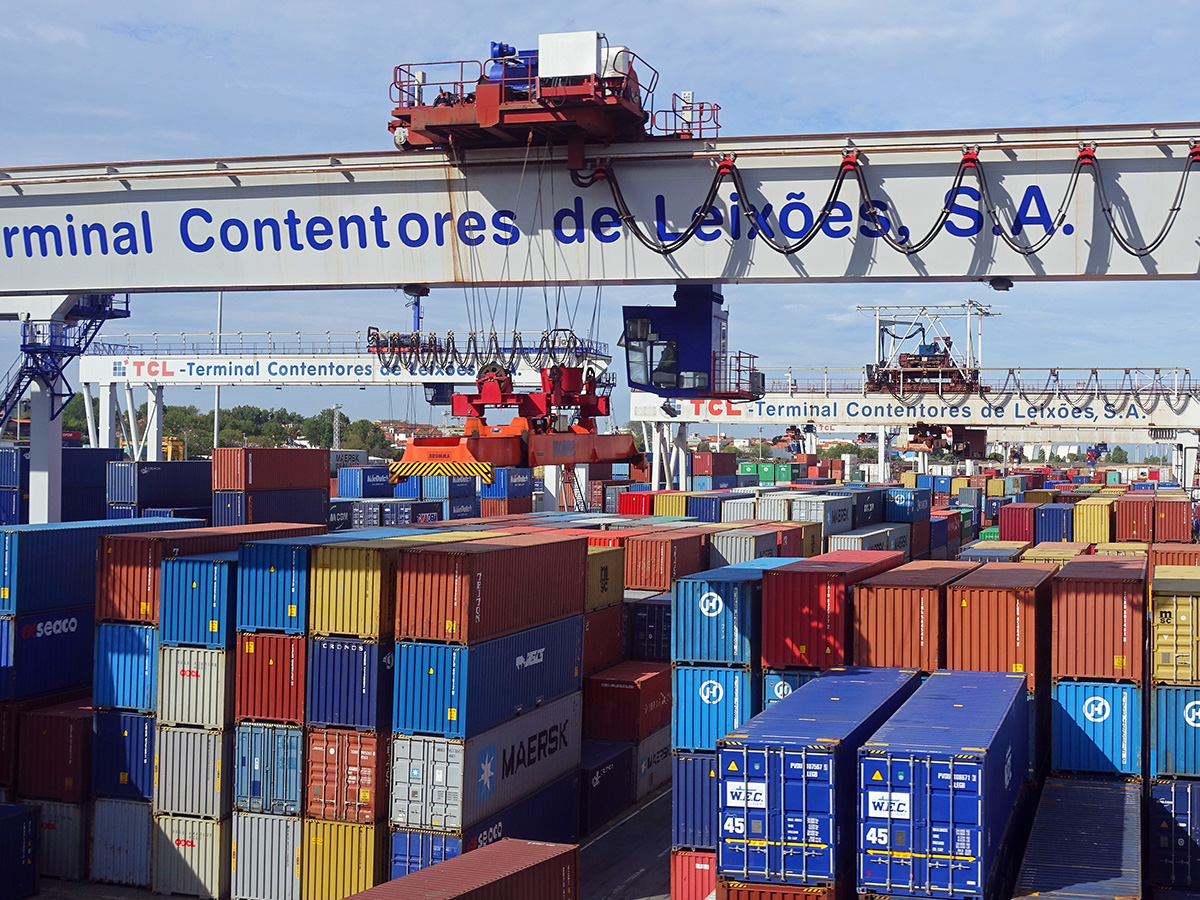 According to the Brexit trade agreement (the
According to the Brexit trade agreement (the 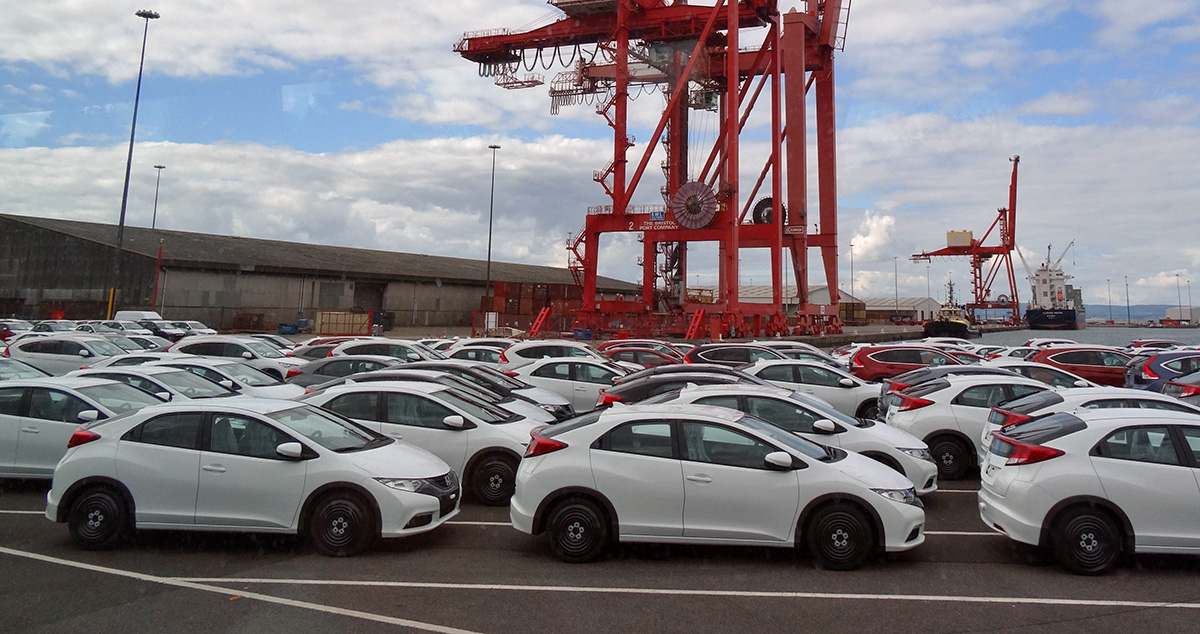 This has become a major area of concern for many UK companies. When a good is imported into the UK from outside the EU and then has value added to it by processing, packaging, cleaning, remixing, preserving, refashioning, etc., under ‘rules of origin’ regulations, it can only count as a UK good if sufficient value or weight is added. The proportions vary by product, but generally goods must have approximately 50% UK content (or 80% of the weight of foodstuffs) to qualify for tariff-free access to the EU. For example, for a petrol car, 55% of its value must have been created in either the EU or UK. Thus cars manufactured in the UK which use many parts imported from Japan, China or elsewhere, may not qualify for tariff-free access to the EU.
This has become a major area of concern for many UK companies. When a good is imported into the UK from outside the EU and then has value added to it by processing, packaging, cleaning, remixing, preserving, refashioning, etc., under ‘rules of origin’ regulations, it can only count as a UK good if sufficient value or weight is added. The proportions vary by product, but generally goods must have approximately 50% UK content (or 80% of the weight of foodstuffs) to qualify for tariff-free access to the EU. For example, for a petrol car, 55% of its value must have been created in either the EU or UK. Thus cars manufactured in the UK which use many parts imported from Japan, China or elsewhere, may not qualify for tariff-free access to the EU. 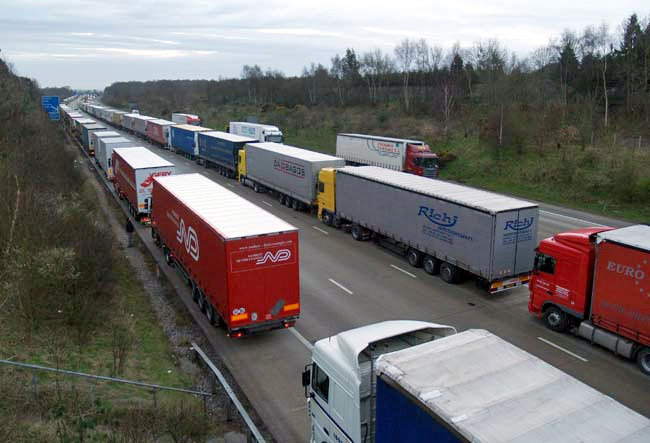 The increased paperwork and checks add to the costs of trade. Some EU companies are stating that they will no longer export to the UK and some UK companies that they will no longer export to the EU, or will have to set up manufacturing plants or distribution hubs in the EU to handle trade within the EU.
The increased paperwork and checks add to the costs of trade. Some EU companies are stating that they will no longer export to the UK and some UK companies that they will no longer export to the EU, or will have to set up manufacturing plants or distribution hubs in the EU to handle trade within the EU. The financial services supplied by City of London firms are a major source of export revenue, with about 40% of these revenues coming from the EU. Now outside the single market, these firms have lost their ‘passporting rights’. These allowed such firms to sell their services into the EU without the need for additional regulatory clearance. The alternative now is for such firms to be granted ‘equivalence’ by the EU. This has not yet been negotiated and even if it were, does not cover the full range of financial services. It excludes, for example, banking services such as lending and deposit taking.
The financial services supplied by City of London firms are a major source of export revenue, with about 40% of these revenues coming from the EU. Now outside the single market, these firms have lost their ‘passporting rights’. These allowed such firms to sell their services into the EU without the need for additional regulatory clearance. The alternative now is for such firms to be granted ‘equivalence’ by the EU. This has not yet been negotiated and even if it were, does not cover the full range of financial services. It excludes, for example, banking services such as lending and deposit taking.